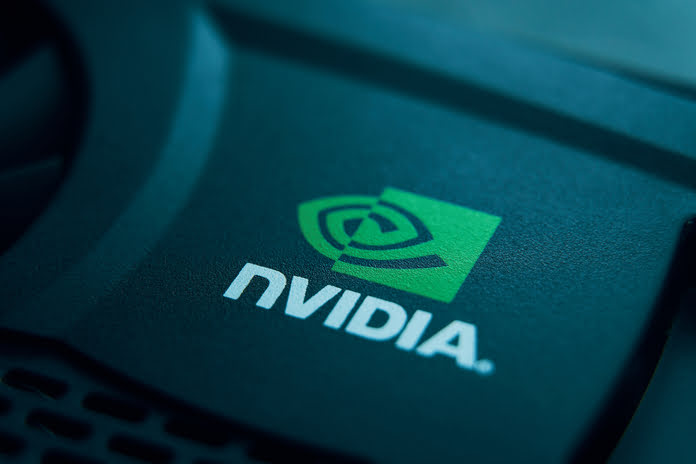Nvidia (NASDAQ:NVDA), a dominant force in the artificial intelligence (AI) sector, recently released its much-anticipated second-quarter earnings report. While the company beat analyst expectations on both revenue and earnings, the Nvidia earnings report also unveiled some challenges that led to a mixed reaction from investors. Here are the seven most critical takeaways from Nvidia’s earnings report and subsequent conference call.
1. Stellar Earnings but Not Enough to Satisfy Investors
Nvidia reported earnings of 68 cents per share, surpassing the consensus estimate of 64 cents and marking a 152% increase from the same period last year. Revenue also hit a record $30 billion, up 122% year-over-year. Despite these impressive numbers, they fell short of the whisper numbers—unofficial estimates that circulated before the report—leading to investor disappointment. The Nvidia earnings report highlighted data center revenue of $26.3 billion, a 154% increase, but it wasn’t enough to keep the stock from dipping.
2. Cautious Guidance for the Next Quarter
While the current quarter’s results were strong, Nvidia’s guidance for the third quarter was less robust than some had hoped. The company projected $32.5 billion in revenue, plus or minus 2%, which represents a 79.4% year-over-year increase but falls short of the more optimistic $34 billion figure that many investors anticipated. This cautious outlook contributed to the stock’s decline following the Nvidia earnings report.
3. Delays in the Blackwell GPU Rollout
One of the more concerning revelations in the Nvidia earnings report was the delay in the rollout of the Blackwell GPU, a highly anticipated product in the company’s lineup. Originally expected earlier, deliveries are now postponed until the fourth quarter of the current fiscal year due to ongoing redesign work. While samples are already being shared with customers, this delay has sparked some concern, though analysts largely shrugged it off given the complexity of the product.
4. AI as the New Industrial Revolution
CEO Jensen Huang emphasized during the earnings call that AI represents a new industrial revolution, crucial for reducing the cost of information processing. Huang pointed out that traditional CPU scaling has slowed significantly, while the demand for computing power continues to grow rapidly, potentially doubling each year. The Nvidia earnings report reinforced the idea that the company’s future is deeply intertwined with the continued growth and adoption of AI technologies.
5. Rising Operating Expenses
Nvidia’s operating expenses are expected to increase significantly, growing in the mid-to-upper 40% range for the full year. This is a notable rise from the lower 40% range in recent years. Much of this increase is attributed to the costs associated with bringing the Blackwell GPU and other products to market. The Nvidia earnings report suggests that while the company is investing heavily in its future, these rising costs could weigh on profitability in the short term.
6. A Massive Stock Buyback Program
Despite some of the challenges outlined in the Nvidia earnings report, shareholders received a boost with the announcement of a $50 billion stock buyback program. This comes on top of the $15.4 billion already returned to shareholders through buybacks and dividends this year. While the dividend remains a modest penny per share, the buyback underscores Nvidia’s confidence in its long-term growth prospects.
7. Nvidia’s Dominance in AI Remains Unchallenged
Nvidia’s leadership in AI is evident not only in its financials but also in its market capitalization, which stands at $3 trillion, making it the most valuable pure chip company globally. Competitors like Taiwan Semiconductor (NYSE:TSM), Broadcom (NASDAQ:AVGO), and Advanced Micro Devices (NASDAQ:AMD) are investing heavily in AI, but Nvidia’s market position remains dominant. However, if Nvidia’s stock continues to slide, it could lose its membership in the exclusive $3 trillion market cap club.
Conclusion About Nvidia Earnings Report
The Nvidia earnings report highlights the company’s strong financial performance and its continued dominance in the AI sector. However, investor reactions were mixed due to slightly lower-than-expected guidance and the delay in the Blackwell GPU rollout. While Nvidia remains a leader in AI, the coming quarters will be critical as the company navigates rising costs and investor expectations. For now, Nvidia’s future looks promising, but it’s clear that the road ahead may involve some bumps.
Featured Image: Megapixl



